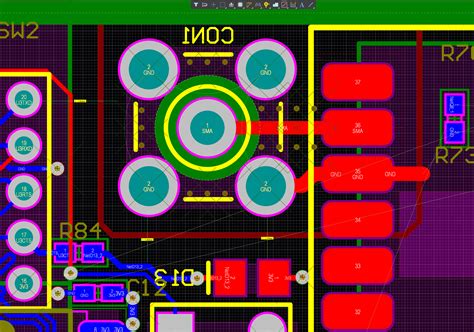
How and where to place the external sensor on the PCB to be soldered?
Introduction to PCB sensor placement Printed Circuit Boards (PCBs) are the backbone of modern electronic devices. They provide a platform for mounting and interconnecting various[…]
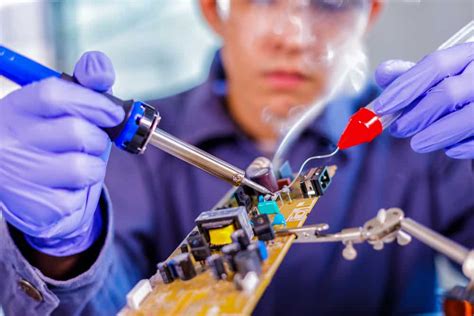
7 Tips For Getting a High-Quality Medical Grade PCB
Introduction Printed Circuit Boards (PCBs) are the backbone of modern electronics, and this is especially true in the medical industry. Medical devices require the highest[…]

Optimize High Current PCB for Motor Controls
Introduction to PCB Optimization for Motor Controls When designing a high current PCB for motor controls, optimization is key to ensure reliable performance, efficient power[…]
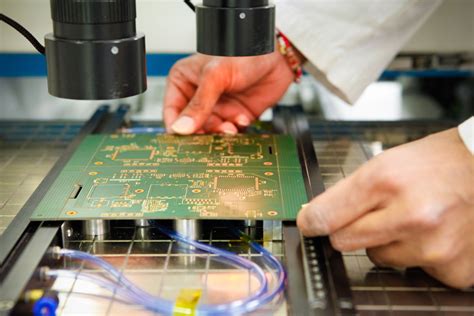
PCB Manufacturer China vs US
Introduction to PCB Manufacturing Printed Circuit Boards (PCBs) are the backbone of modern electronics. They are used in everything from smartphones and computers to medical[…]

PCB Potting vs. Conformal Coating C Which One Is Better?
What is PCB Potting? PCB potting is a process that involves encapsulating the entire PCB or specific components in a liquid compound, which then hardens[…]

PCB Testing: The 8 Testing Methods You Need To Know
1. Visual Inspection Visual inspection is the first and most basic form of PCB Testing. It involves examining the PCB for any visible defects or[…]
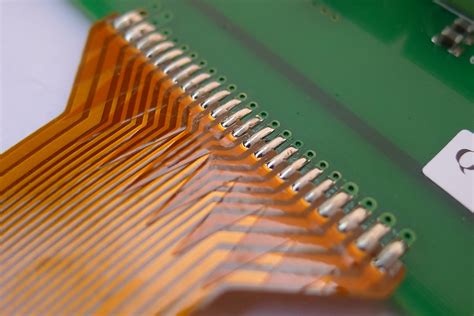
Rigid PCB: Everything Beginners Need to Know is Here
What is a Rigid PCB? A Rigid PCB, short for Rigid Printed Circuit Board, is a type of circuit board that is made from a[…]
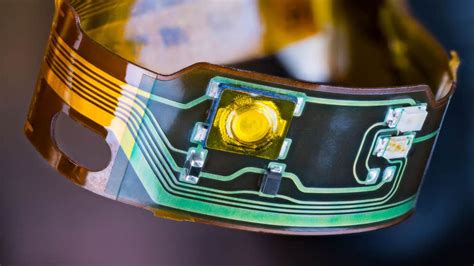
SMD LED vs COB LED vs DOB LED – 3 Options for LED PCBs
What are SMD LEDs? SMD LEDs, or Surface Mounted Device Light Emitting Diodes, are a type of LED package that is designed to be mounted[…]
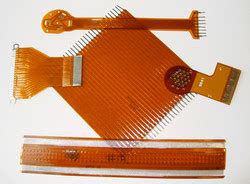
Flexible PCBs-What You Need To Know
Introduction to Flexible PCBs Flexible printed circuit boards (PCBs) are a revolutionary technology that has transformed the electronics industry. Unlike traditional rigid PCBs, flexible PCBs[…]

PCB PCBA-Devices In Which Are Applied | RAYPCB
Introduction to PCB and PCBA Printed Circuit Boards (PCBs) and Printed Circuit Board Assemblies (PCBAs) are essential components in modern electronic devices. They provide the[…]